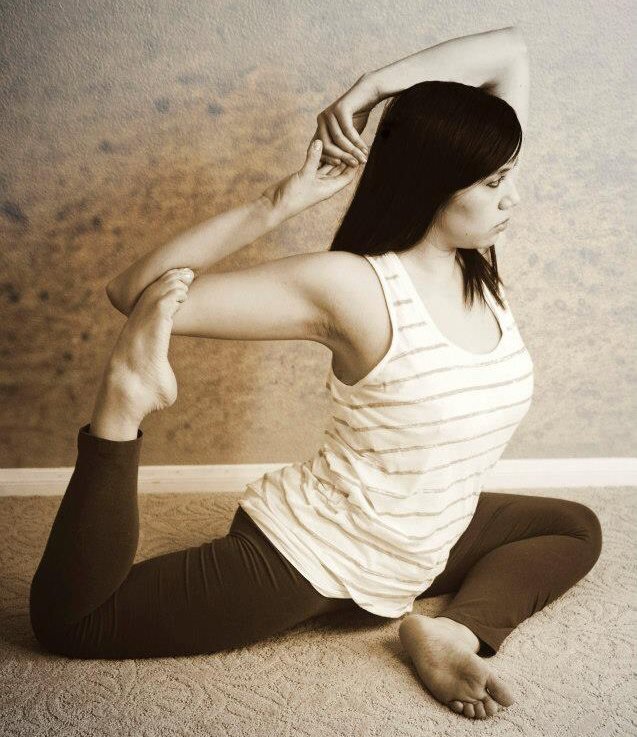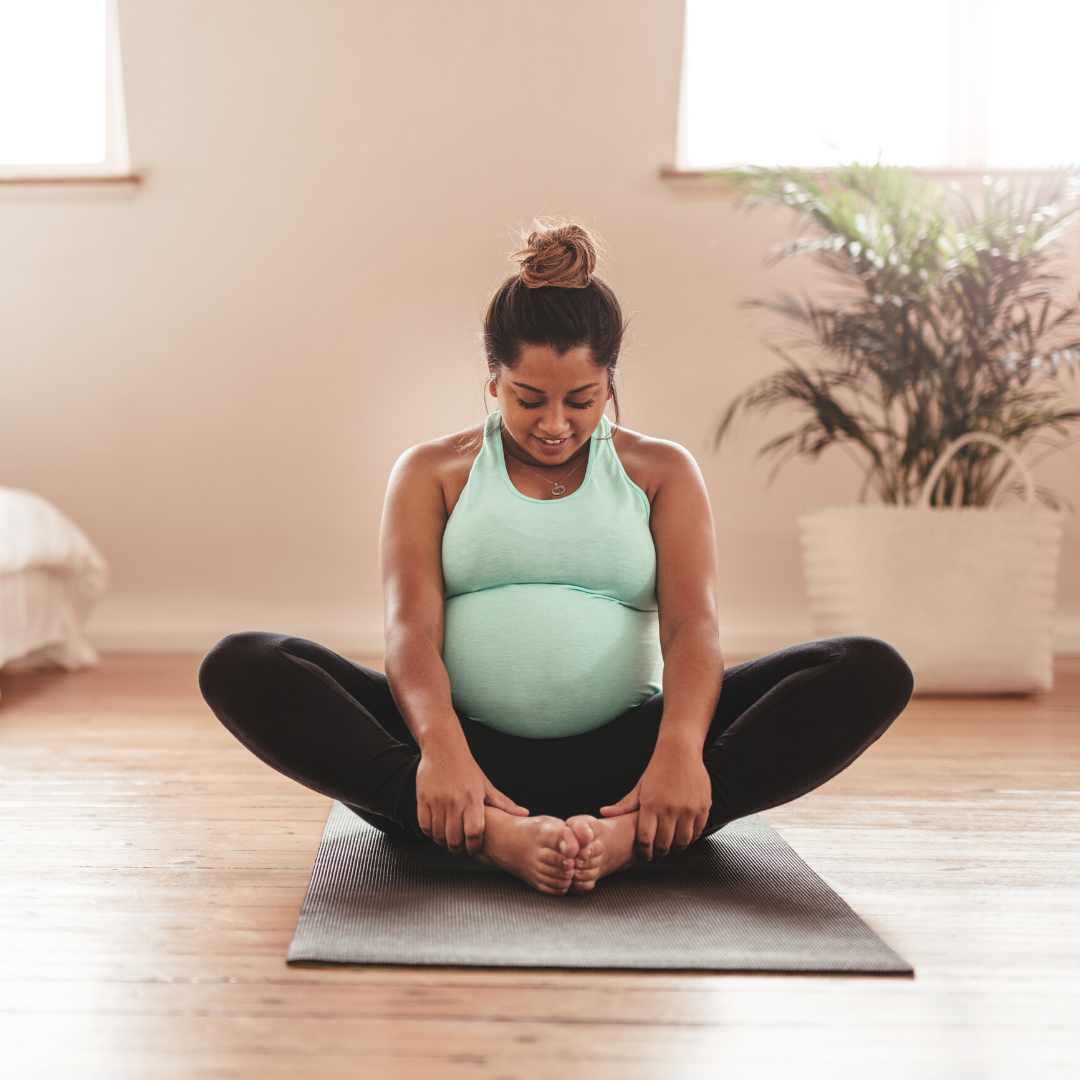
BLOG
Inspiration for your movement and parenting journey.

May 2024 Student of the Month
How has your practice impact your parenting?
It impacts so many different areas, PYLV is a whole-person approach, where you train your body, mind, and soul. It helps me to reduce my physical symptoms during pregnancy. Also, it helps me to reduce my anxiety and makes me feel that I am not alone in this journey.

Yoga for Pelvic Health: Managing Stress Incontinence
Dealing with stress incontinence can be challenging, affecting both men and women. In this blog post, we'll explore what stress incontinence is, its causes and contributing factors, and most importantly, how yoga and movement can be a valuable tool in managing pelvic health.

My Top 3 Postnatal Yoga Poses
What yoga poses are safe to do after baby? This question comes up a lot for new parents. The biggest rule of thumb for all poses and movement - can your breath continuously? If the breath is shallow or labored, it is an indication that your body might not be ready for pose or movement.

The Story of My Pelvis
The story of our pelvis is a combination of what we learn from our families, friends and media, the actions of others, and our physical health. Messages about our menstural cycle and sexuality are especially important. Sexual assult is so common in American society, I can't help but wonder the cumulative effects. Naturally if part of the body has been injured or hurt, there is a natural guarding. After years of guarding, the muscles shorten and become tense. Our pelvic floor muscles work in tandem with other muscles groups. Tightness in one area can affect the entire system.

Balancing Table Pose
Balancing table pose has a few different names, depending on who you have taken the class with and their trainings. Also known as Sunbird pose, Bird Dog pose or Sanskrit name, Dandayamana Bharmanasana. This is one of my must practice poses for both my prenatal and postnatal students.

Yoga for Pelvic Girdle Pain
Pelvic girdle pain (PGP) is one of the most common complaints I hear from my prenatal students. PGP varies in severity and areas of pain. PGP maybe a persistent on-going pain or triggered by certain movements, or a combination of both.

The Truth About Diastasis Recti And What You Can Do About It
Diastasis recti (dahy-as-tuh-sis rek-tahy) is the displacement of the abdominal wall muscles. Diastasis recti is the partial or complete displacement of the rectus abdominis, or “six-pack” muscles, which meet at the midline of your stomach. Diastasis recti is very common during and following pregnancy. This is because the uterus stretches the muscles in the abdomen to accommodate your growing baby.
